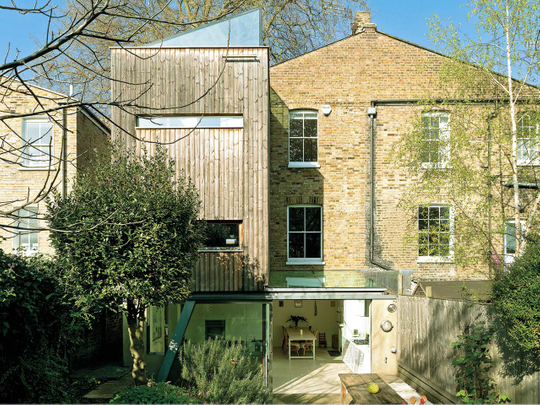
For years we’ve known instinctively that buyers are prepared to pay a good amount for design-led homes. According to Alex Greaves, head of new homes sales at Marsh and Parsons in the UK, “There is certainly a premium associated with well-designed new developments. Carefully thought-out layouts, impressive ceiling heights and how internal and external spaces flow tend to attract the more discerning buyer who may be looking at both resale and new build.”
Greaves, who expects design premium associated with new developments to continue as a trend, especially in the mid-market, notes that buyers are now more in tune to the latest design trends because of social media channels such as Instagram and Pinterest and home décor television shows.
A house or an apartment is not only an investment vehicle but also a home. It’s a vital space where life is lived, a place where we work, play, rest, eat, talk and do much more. When we consider this, why wouldn’t we pay that little bit more for a place that’s more inspiring than the one next door?
In the past, people may have been impressed by how many bedrooms you had, or how far your garden extended, but today it’s more about how you’ve used the space. In short, how it’s been designed.
Materials are also crucial to creating value — and it’s not just as simple as gold taps or wall-to-wall marble — but rather an appropriate, inventive and tactile approach to material choices.
I like Lily Bernheimer’s definition of well-designed spaces in her book, The Shaping of Us, as having a combination of “comfort and awe” as well as both “prospect and refuge”. In other words, we love open-plan, as long as it is counterbalanced with some areas of intimacy, and we want to be inspired by spaces, but also for them to offer some reassurance.
Design also remains one of the biggest influences when buying a period or new build property.
“Prime purchasers in London tend to consider the design and layout of the entertaining spaces first when choosing a property, this is especially true of properties on many floors,” says Philip Eastwood, head of London at The Buying Solution, Knight Frank’s independent buying agency. “Volume and light are crucial credentials as well extensive wardrobes in the master and other bedrooms. Now more than ever buyers at the top end like their London residences to have an exemplary finish and a degree of individuality which separates their property from the large majority of homes that have been finished to a high standard but lack character.
“A number of high-end buyers can also be dissuaded from residences with over complicated home automation such as overtly sophisticated lighting systems and high levels of flat screen TV’s on every wall.”
The use of space
This house (pictured above) in London Fields combines the charm of the early-Victorian era with the open spaces and natural light of modern living. It has been extended by 51 Architecture, which added a timber-clad tower over three storeys. Set back behind a front garden with off-street parking for two cars, the property was sold in July 2017 for £1.9 million (Dh9.24 million), 23 per cent over the average price for the area based on price per square foot. In the extension to the rear is a wonderfully warm and cosseting study, which is lined in plywood.
On the first floor of the “tower” extension is a master bathroom, which doubles as a yoga room and has a hammock for evening stargazing. There are two double bedrooms on this floor, as well as a single room used as a dressing room. The house has a large loft
space, which offers potential scope
for conversion.
Albert Hill is the founding director of The Modern House UK. The views expressed here are his own.











